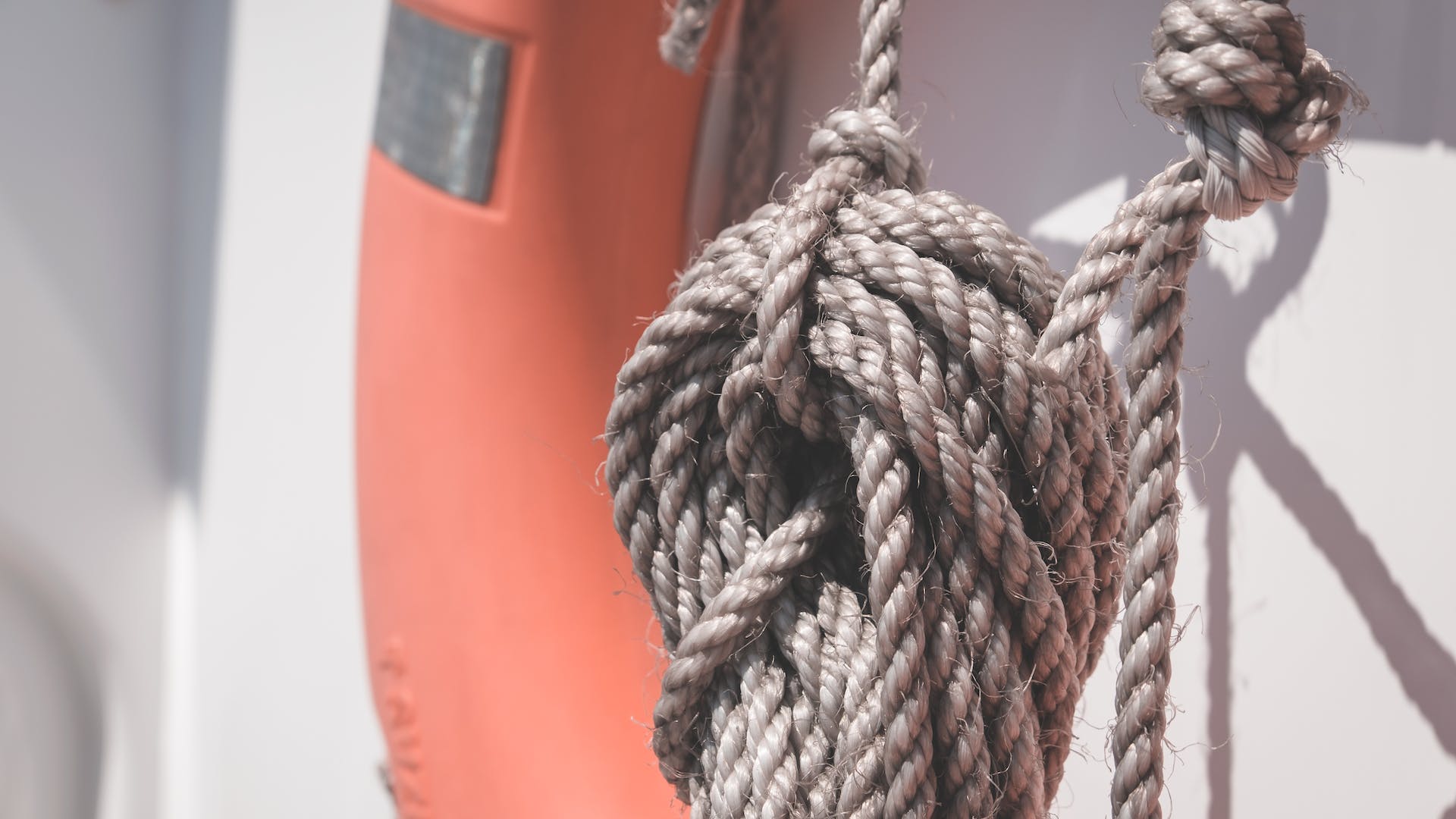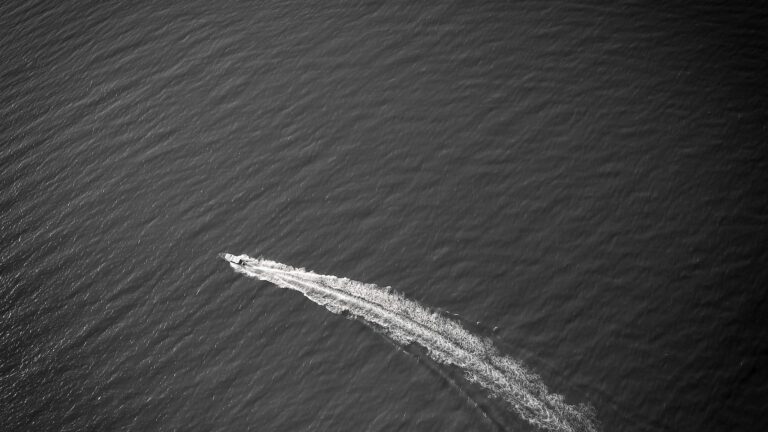What are the basics of anchoring?
- Introduction
- What is Anchoring?
- Types of Anchors
- Step-by-step Guide to Anchoring
- Anchor Placement and Scope
- Dragging and Holding Power
- Retrieving the Anchor
- Caring for Your Anchor
- Determining the Right Amount of Rope
- Windlass Considerations
- Conclusion
Anchoring Basics – A Beginner’s Guide
When it comes to sailing, anchoring is an essential skill that all sailors should know how to do properly and safely. In this guide, we’ll cover the basics of anchoring—from what an anchor is and what types exist, to how to anchor a boat correctly and safely—as well as some tips on caring for your anchor and determining the right amount of rope you need. Let’s get started!
What is Anchoring?
Anchoring is a technique used by sailors to secure their boat in a particular spot in the water, be it for a night or just as a temporary stop during a voyage. An anchor is used to keep the boat from drifting away with wind or current—it literally anchors it in place! The anchor works by digging into the seabed or riverbed, thus providing more security than simply tying off the boat to a buoy or dock would provide.
Types of Anchors
The type of anchor you use will depend largely on what kind of water you are sailing in, whether it be shallow or deep, rocky or sandy bottomed, etc. The most common type of anchors used today are:
-
Fluke/Plow/Grapnel Anchors – These anchors have multiple fluke arms shaped like plows that dig into the bottom when pulled from different directions with enough force. They are great for holding power in sandy bottoms but can be difficult to retrieve if they become snagged on rocks or other obstructions in the seabed.
-
Mushroom/Deadweight Anchors – These anchors have a round shape with a flat top and are made out of heavy metal such as lead or steel, making them ideal for use in deep waters where plow anchors cannot reach bottom easily due to their weighty nature. They provide excellent holding power but can be hard to retrieve if they become stuck in mud or sand as they tend to sink even further down when pulled up from different directions due to their flat tops acting like suction cups on the seabed surface material.
-
Danforth/Flat Plate Anchors – These anchors have two flat plates connected together with a hinge at one end and are usually made out of galvanized steel which makes them stronger than other types of anchors while still being lightweight enough for easy retrieval from shallow depths if needed. They work best in sandy bottoms where their flat plates dig into the sand providing excellent holding power with minimal effort required from the sailor pulling them up from different directions when retrieving them from deeper waters..
Step-by-Step Guide To Anchoring A Boat
-
Determine depth: First determine how deep the water is where you want to drop anchor so that you can calculate the correct amount of scope (rope) needed for proper anchoring (a 7:1 ratio is recommended).
2 .Lower anchor: Lower your anchor into the water by hand until it reaches bottom then let out enough scope while making sure not to put too much strain on your rope (use landmarks or onboard electronics if available).
3 .Secure rope : Secure your rope at both ends; one end should be attached securely to your bow cleat while the other end should be tied off at an appropriate length depending on your calculated scope ratio (7:1).
4 .Check for drag: Once everything is secure and set up properly check for any movement/dragging; use landmarks or onboard electronics if available; make sure there’s no movement so that your boat doesn’t drift away from its spot in case wind picks up later on during your stay!Anchor Placement & Scope
When placing your anchor make sure that you do not drop it too close to other boats – this could cause damage if lines become tangled – also make sure that you don’t drop it too close to any underwater obstructions such as rocks as this could cause damage when retrieving later on; instead find an open patch of sand, mud or grassy bottom where there are no obstructions close by and drop there instead!
The amount of rope (scope) needed will depend largely on how deep the water is which can easily be determined using landmarks or onboard electronics such as depth sounders; generally speaking, a 7:1 ratio between depth and scope is recommended meaning that if you are dropping your anchor in 20 feet (6 meters) of water then 140 feet (42 meters) should be let out for proper anchoring – however this will also depend on other factors such as wind speed which will require more scope than normal if high winds are expected during stay so always err on side of caution when letting out rope!
## Dragging & Holding Power
Once everything has been set up correctly give it some time before leaving vessel; wait around 10 minutes then check for any dragging using landmarks or onboard electronics; if no dragging then great! Your boat is securely anchored – however if there is dragging present then try adjusting angle of pull by pointing bow at different spots around compass rose until minimum dragging has been achieved; once minimal dragging has been achieved wait another 10 minutes before leaving vessel just to make sure everything stays secure even after strong gusts come through area!
When looking at holding power look closely at type of bottom material being anchored into – softer materials such as mud hold better than harder ones such as sand; also look closely at size/weight/design combination being used – heavier/larger designs tend hold better than smaller ones due to increased mass having more surface area contact with seabed material thus providing greater grip overall!
## Retrieving The Anchor
Once it’s time to leave make sure all lines have been untied from cleats and that all crew members are aware retrieval process so everyone can help out if needed; turn engine off then start retrieving slowly until fluke arms become visible then switch engine back on full throttle until entire design has been brought onboard – alternatively use “sweep” method which involves having someone stand near stern sweeping design back onboard using long pole once flukes become visible again but only do this if necessary as it takes longer overall!
## Caring For Your Anchor
Anchors are designed tough but still require proper care over time especially since they spend most their lives submerged underwater exposed various elements such sea salt corrosion etc.; always rinse off after each use saltwater using fresh hose make sure no debris left behind before storing away dry place far away possible sources humidity moisture otherwise rust form quickly rendering useless sooner rather later!
## Determining The Right Amount Of Rope
As previously mentioned determining right amount rope depends largely depth water also takes into account wind speed expected during stay since high winds require more scope normal order ensure secure anchorage so always err side caution when letting out rope calculating 7:1 ratio give yourself leeway just case winds pick up suddenly!
Windlass Considerations
If you have access windlasses either manually operated electrically powered then these incredibly helpful tools greatly reduce strain required setting retrieving mooring points allowing full control over entire process ensuring secure anchorage desired location safely efficiently possible saving lot time energy along way!!
Conclusion
Anchoring may seem daunting task at first but once basics covered quickly becomes second nature allowing sailors confidently secure their vessels desired locations without worry regarding safety security always keeping eye weather conditions course allowing changes accordingly safe enjoyable voyage every time!!







